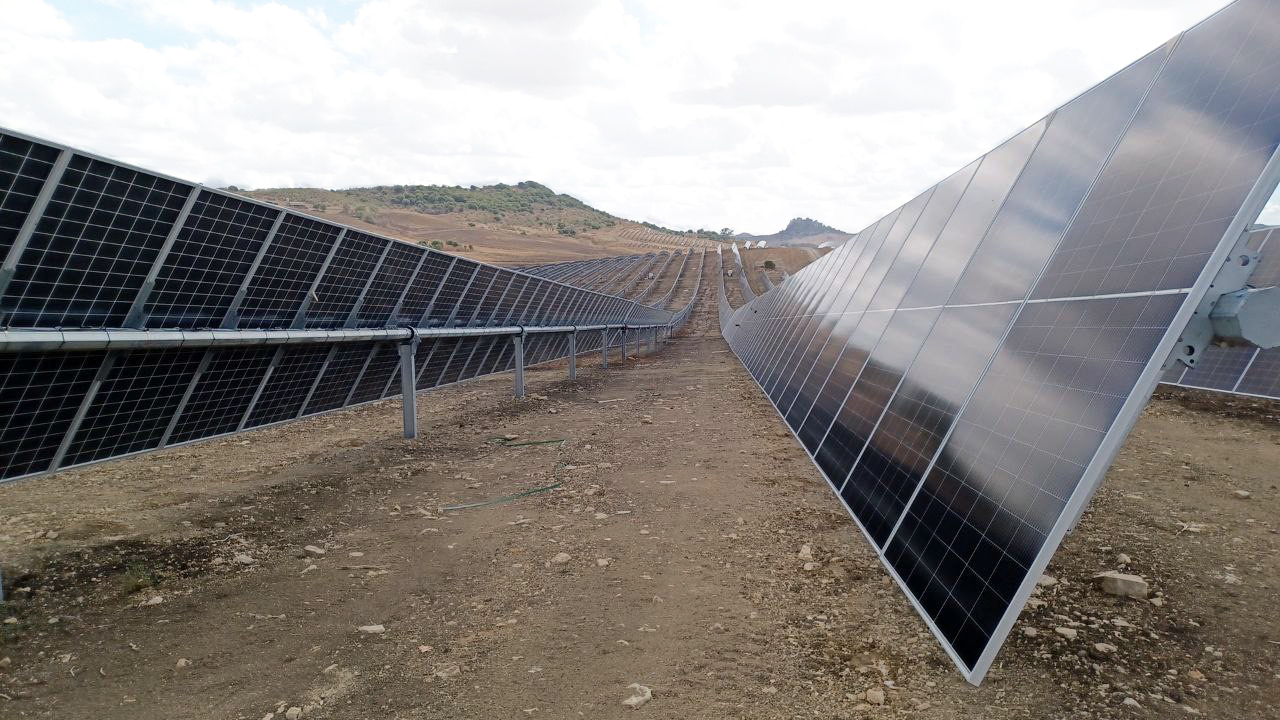PV Hardware (PVH), a global leader in solar tracking solutions, has announced a technical breakthrough that allows its solar tracker installations to adapt to slopes of up to 2 degrees between posts, thus exceeding the current market standard, which ranges from 1.5° to 1.75°.
This advance sets a new standard for terrain adaptability in large-scale photovoltaic projects. By allowing greater slope variation between supports, PVH makes it possible to install solar trackers even on more challenging or irregular terrain, where extensive grading would previously have been required, or where project viability could have been compromised.
As land availability decreases and developers seek more efficient and sustainable construction methods, this improvement directly addresses the sector’s demand for highly adaptable tracking technologies capable of reducing civil works and accelerating implementation schedules. The ability to adjust to the natural topography without compromising structural reliability or energy performance is becoming a key factor for the technical and financial viability of many solar projects.
“This milestone reinforces our commitment to pushing the limits of engineering in the field of utility-scale solar energy,” said Eduardo Chillaron, PVH’s Global Technical Director. “By increasing slope tolerance, we offer our customers greater design flexibility and the opportunity to build in locations that were previously considered too challenging or costly.”
The ability to adapt to variations of up to 2° between posts delivers immediate benefits both in engineering and environmental terms. Earthworks during site preparation can be reduced by up to 90%, allowing the natural topography to be preserved and minimising soil disturbance. This is particularly relevant in agrivoltaic projects, where maintaining soil integrity is crucial for future agricultural use and for supporting biodiversity recovery.
Beyond the environmental benefits, the increased tolerance significantly enhances installation efficiency. The design allows for the use of shorter posts—up to 0.7 metres less in length—and reduces the required driving depth, as well as simplifying on-site logistical and alignment procedures. Overall, this innovation can shorten installation times by more than 40%, lowering both material costs and labour requirements.
This feature is now fully integrated into the latest generation of PVH’s tracking systems and is being implemented in various projects the company is developing worldwide.






























